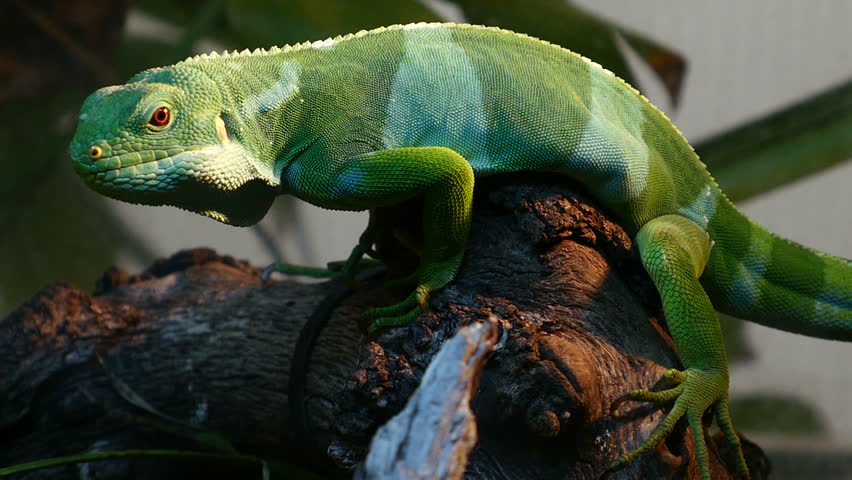NATURE OF HUMAN NATURE




)


Iguanas
are native to the jungles of central and south America, and the Caribbean. The
iguana is a large docile species of lizard, meaning that iguanas are often a popular choice when
keeping exotic pets.
Iguanas have excellent sight allowing the
iguana to detect movement from incredibly long distances. The iguana can use
this skill to seek out prey and be aware of approaching predators often
before the predators has
even noticed the iguana.
It is said that the iguana uses visual
signals to communicate with other iguanas. The iguanas do this through a series
a rapid eye movements that other iguanas are able to pick up on easily due to
the excellent sight of the iguana.
Green Iguanas are forest dwelling lizards that live high in the tree canopy of
the South American rainforest.
Young iguanas get to grips with tree top living by staying in areas lower in
the canopies while older mature adult iguanas reside higher up in the tree
tops. This tree dwelling habit allows the iguana to bask in the sun, with
little need to go down to the forest floor below. The only real exception to
this is when the female iguanas must come down from their sky high home in
order to dig burrows in which the female iguanas lay their eggs.
Although iguanas tend to prefer the forest
environment, iguanas can adjust well to a more open areas. However, wherever
the iguanas inhabit, iguanas prefer to have water around them as iguanas are
excellent swimmers and will often dive beneath the water to avoid oncoming
predators.
Although iguanas are classed as omnivores, most iguana individuals in the
wild, tend to enjoy a very herbivorous diet,
with ripened fruit being one of the iguanas favourite foods along with leafy
green plants. Most mature adult iguanas weigh around 4 kg, but it is not
uncommon for large, healthy iguanas where food is in good supply, to weigh up
to 8 kg and grow to over 2 meters in length.
Due to the natural green and brown colours
of the scales of the iguana, iguanas are easily able to make themselves
invisible to predators. Iguanas do this well as the
iguana blends extremely effectively into the surrounding forest and the iguana
will then remain extremely still until the predator has
passed. Iguanas will often chose basking spots on those tree branches that hang
over water so that if the iguana does feel threated, the iguana can leap from
the tree into the water and therefore the iguana can quickly escape oncoming
danger.
)
Iguana Facts
)
Iguana Facts
|
Animalia
|
|
|
Chordata
|
|
|
Reptilia
|
|
|
Squamata
|
|
|
Iguanidae
|
|
|
Iguana
|
|
|
Iguana Iguana
|
|
|
Type:
|
Reptile
|
|
Diet:
|
Omnivore
|
|
Size:
|
0.91-1.83m (3-6ft)
|
|
4-8kg (8.8-17.6lbs)
|
|
|
35km/h (21mph)
|
|
|
15-20 years
|
|
|
Solitary
|
|
|
Threatened
|
|
|
Green, Brown, Yellow
|
|
|
Scales
|
|
|
Favourite Food:
|
Insects
|
|
Lowland tropical rainforest near water
|
|
|
3
|
|
|
Insects, Fruit, Leaves
|
|
|
Hawk, Eagle, Snakes
|
|
|
Special Features:
|
Long tongue and change skin colour with mood
|






0 comments:
Post a Comment